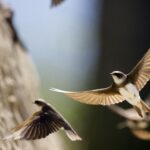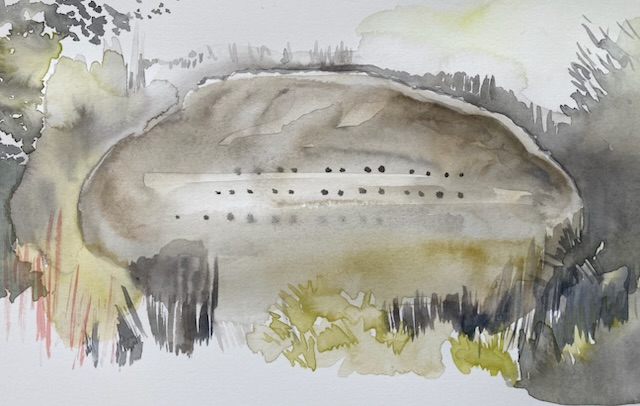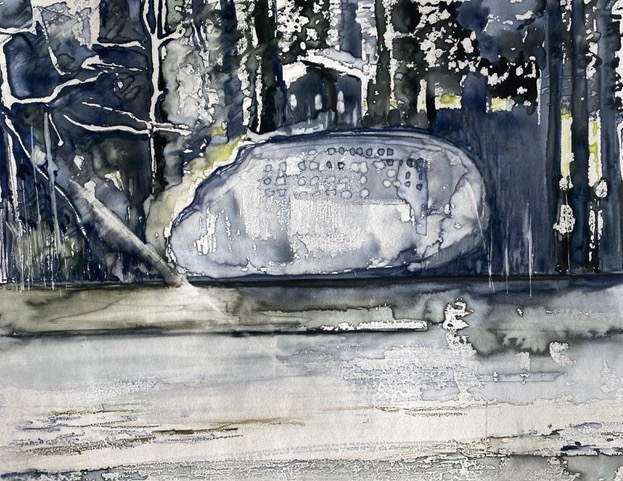In springtime, a friend sits under a tree beside Pen Pond in London’s Richmond Park and through her binoculars plays what she calls sand martin bingo.
This involves recording the birds’ darting flights in and out of the rows of nesting burrows in an artificial riverbank. Hours of fun.
Sand martins (Riparia riparia), members of the swallow family, like to nest in riverbanks (called the bank swallow in the US). The 12cm long dark brown birds with pale bellies and weighing less than a packet of crisps, migrate up to 4,000 miles, and appear in Europe in the early spring after a long flight from Africa. It’s just a brown band around their necks that differentiates them from the house martin.
House martins build mud nests under the eves of buildings, while the sand martin likes to burrow into riverbanks, nesting close together in colonies protected from predators by the water below. As we continue to urbanise and mould nature into landscapes that suit modern farming, sandy banks have become scarce, threatening the future of the sand martin.

Sand martins approach their nesting bank. Photo: Julian.
Step in the human protectors. Farmers, nature reserves and countryside organizations have built artificial banks throughout the UK and Ireland to provide nesting sites — sort of sandy Airbnbs. Some local authorities have made the artificial banks a condition of planning permission in rural developments. And the sand martins are breeding again, the British Ornithological Society have moved them to its safe Green List, thanks in part to the proliferation of artificial nesting sites designed to mimic the real thing.
As with so much in the geeky world of ornithology, there is a lot of debate about the best design for artificial banks. Early designers noted that the birds’ mating ritual involved burrowing, so they made banks from cement and blocked the premade burrows with sand. This allowed the birds to tunnel through to a little nesting cavern beyond, but it was soon noticed that the birds were quite content to skip the scratching and would happily nest in premade sand-free burrows.
But when the birds returned to their nesting sites the following season, they often rejected the man-made burrows because they were infested with parasites. Natural sites appear to be unaffected, possibly due to disinfecting microbes in the soil.
Preferred designs now have a front that mimics a sandy riverbank with pre-prepared burrows in serried ranks, with water below. The back provides access to the individual nesting chambers through little locked doors.
This means the nests can be disinfected in winter and the nests prepared for the birds’ return from sub-Sahara Africa in the spring. What’s more, ornithologists, who love to monitor and record, can have easy access to ring the chicks while the parents are zipping about catching insects and entertaining birdwatchers.

